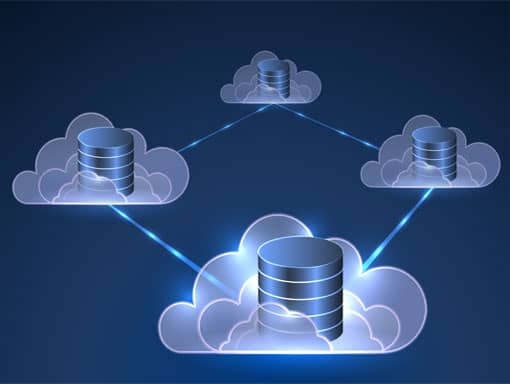Database Management Systems
There are many databases and database management systems (DBMS) around and although some of them claim to be embedded, it requires extensive research to find out if they are small enough, fast enough and flexible enough for your specific use case and, not at all unimportant, allow you to customize indexing and data transformation.
What if there was a database management system, flexible enough to be seamlessly used for small data intensive embedded applications, network infrastructure and complex data driven back end applications? It would be an extremely time and cost saving solution and definitely rewarding in the long run. Read all about the Logic DBMS solution.

A resilient database management system with optimized storage capabilities, uniquely qualified to fuel database management for safety-critical and resource-constrained embedded applications.
A DBMS with Active Replication Fabric™ creates a data management foundation for the IoT ecosystem that seamlessly integrates edge and cloud applications’ storage and ensuring data safety all around.
Network gear developers can build on proven DBMS speed and reliability, combined in-memory and persistent data layouts, optimized access methods and unmatched flexibility.
A database management system with columnar and row-oriented storage, a SQL engine infused with advanced analytics, and a scalable distributed architecture deliver speed and reliability to complex data-driven applications.
eXtremeDB SQL Database Interface is an ideal solution for application development in fields where reliable responsiveness is a must and SQL is the dominant database language.
Finding the right database solutions
For high performance applications, an in-memory database should be considered first choice; at boot or load time, the database is copied to volatile memory (RAM) where it performs almost on CPU cycle speed, much faster than running from persistent memory or conventional hard discs. This allows for extremely fast data transactions and is very useful in cases where data is collected or needed in real time but in itself is unsafe when a sudden power loss or system crash occurs. To overcome this, perhaps undesired, behaviour, a hybrid DBMS can be used; real time data is kept in RAM for fast transactions and transformations whilst the important subset of (historical) data is stored on persistent media. A hybrid DBMS makes best use of an embedded systems limited resources and will extend the flash media lifetime significantly compared to an on-disk or persistent database management system.
In situations where data is crucial and systems must be on-line 24/7, redundancy is key; Multiple systems run in parallel and data is synchronized between machines in real-time such that if a master system fails, its job can be instantly taken over by another machine without loss of data. This implies that the database management system must have a fail safe transaction mechanism which is often found in large on-disk DBMS providers. Nevertheless, there are few embedded DBMS that offer all of these functionalities in a modular format making sure that your future data requirements are covered for.
Our product portfolio covers data management requirements from the hardware up to the application:
- Flash media managers
- Reliable transaction-based filesystems
- SPI NAND all-in one high performance reliable filesystem
- In-Memory DBMS
- Hybrid DBMS
- High Availability DBMS
- SQL interface
